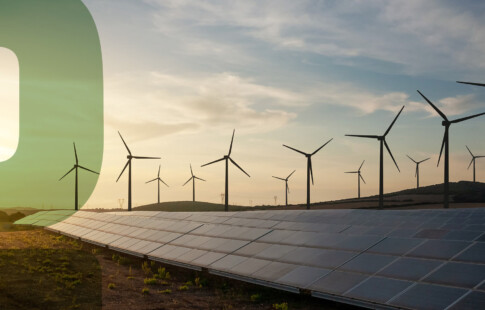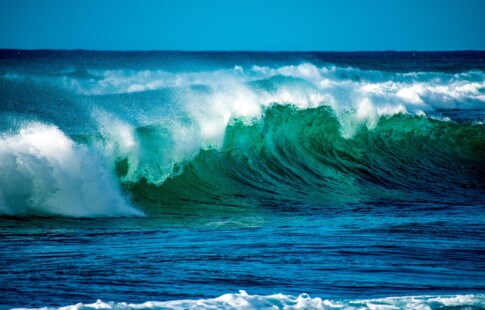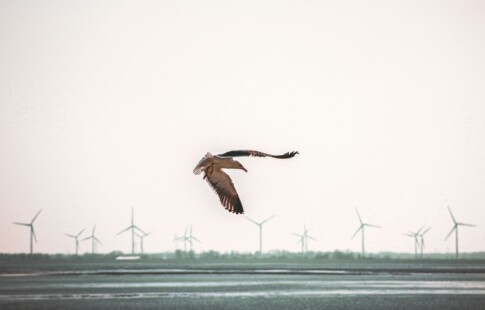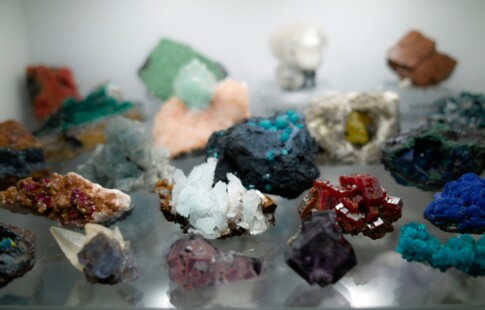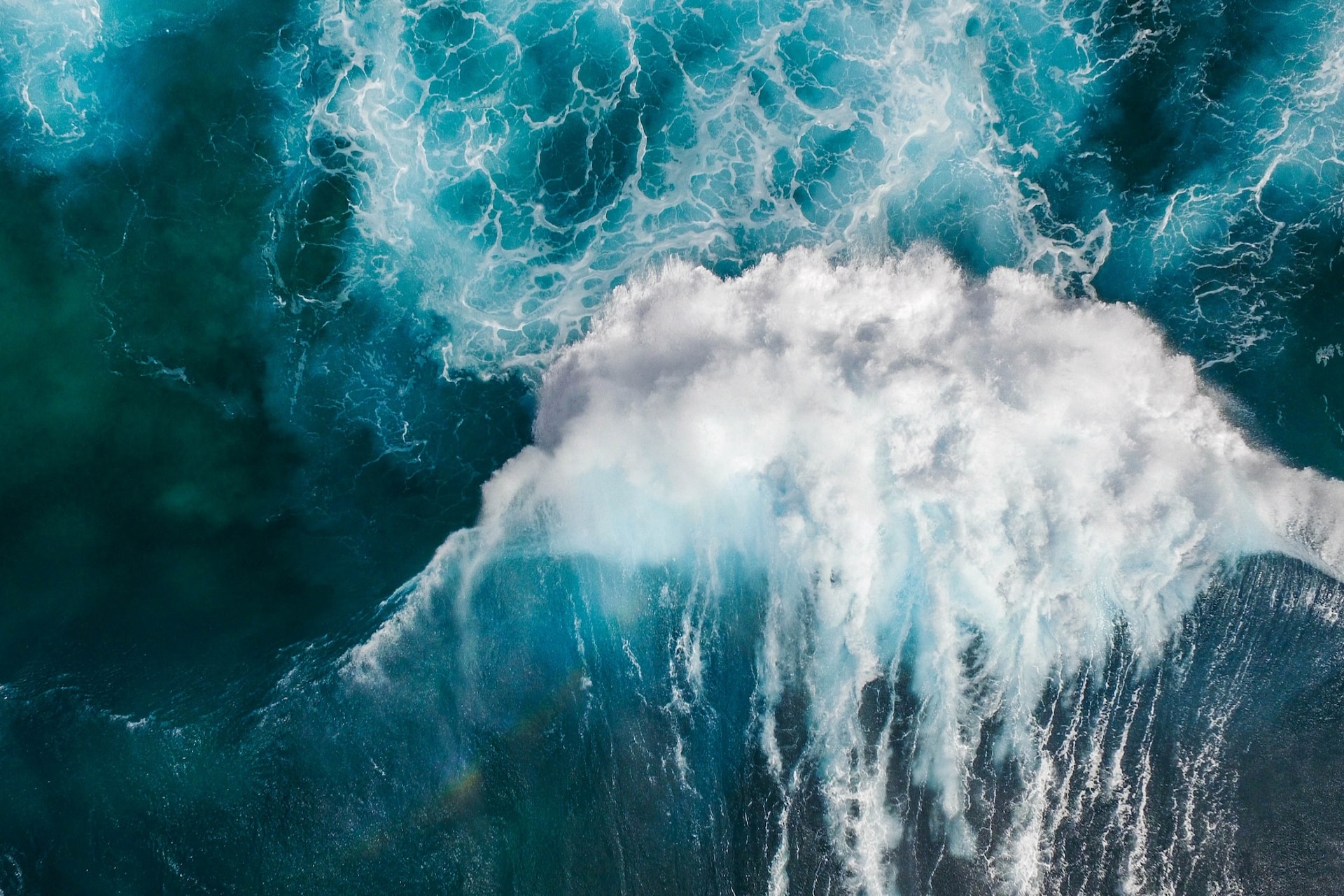
Underwater Turbines: A Lesser Threat to Marine Wildlife
We are reader-supported. When you buy through links on our site, we may earn affiliate commission.
Tidal energy has slowly worked its way into the renewable energy mix, demonstrating its reliability and power throughout the last decade. Yet, there were increasing concerns regarding underwater turbines and a threat to marine wildlife — now, new studies indicate the dangers might be much lower than initially perceived.
Originally, scientists expected underwater turbines could impose devastating consequences for marine species — the primary concern being that fish, seals and whales would get injured or, worse, killed en masse. While a larger mammal can always meander through a tidal farm, widespread developments in underwater renewable energy are unlikely to cause significant damage.
Underwater Turbines: A Rosier Outlook for Marine Wildlife
Conservationists and environmental groups have raised the alarm about marine wildlife collisions with the blades of underwater turbines. Their concerns were legitimate, based on past impacts of human activity on marine ecosystems.
In 2020, water sustainability leaders HR Wallingford developed a model to more accurately predict collision rates — particularly of silver eels at Strangford Lough near Belfast — by analyzing swimming behaviors, including speed, direction, and length of the animal.
Strangford Lough is a popular migratory path for more than 15,000 silver eels and the location of the first large-scale underwater tidal farm, SeaGen. The SeaGen project ran from 2008 to 2019 and produced electricity for 1,500 homes in Ireland.
The collision-predicting model delivered surprising results — only 1.1% of migrating silver eels were expected to make contact with the underwater “wind farm.” Lower hit rates could have been because silver eels swim near the water’s surface at night and deeper during the day. Regardless, the researchers hoped to include fish and other marine mammals in future studies using the model.
In another study, the Scottish Natural Heritage (SNH) suggested that turbine operations might impact marine wildlife less than movement from installing the tidal farm itself. The researchers measured impacts by studying species density — the number of species populations dispersed from the site before and after installation.
Still, There are Potential Consequences of Underwater Turbines
Recent findings about underwater turbines having less of a threat to marine wildlife are promising, especially as the world scrambles to ramp up renewable energy production and fight climate change. However, that doesn’t mean the risks no longer exist.
A 2021 study assessed whether harbor porpoises in Scotland were negatively impacted by tidal farms and turbines’ rotating blades. The study found a 78% decline in porpoises when turbine flow speeds increased. Their avoidance of the tidal farm could derive from the loud noise it makes underwater.
Noise pollution severely affects marine wildlife. Nearly 60,000 commercial ships may sail at any given time, causing stress, disorientation, and failed communication with mates, offspring, and group members — sound is even a means of survival for many ocean species.
Seals nurse their pups for four to six weeks before leaving them. As they explore the marine environment on their own, the pups can interact with tidal farms, including collisions with the turbine blades.
Additionally, if the underwater turbines drive scores of fish and crustaceans away, foraging species lack an adequate food supply. This occurrence may also gravely affect dolphins, whales, turtles, and seabirds.
Harnessing the Power of Tidal Energy
News that underwater tidal farms have less of a threat to marine wildlife is exciting, perhaps prompting further development of these renewable energy sites. In the United Kingdom, experts predict that tidal energy will meet 20% of the power demand.
Across the pond, the U.S. Department of Energy (DOE) announced a $35 million investment in developing tidal energy technologies in October 2022. As of 2019, tidal energy accounted for 7.8% of power generation in the U.S.
Possibilities
Of course, the possibilities of tidal energy make it an appealing endeavor. If we overcome the high costs and address environmental, infrastructural, and site availability, underwater turbines may help countries achieve a more reliable power stream.
Looking at underwater turbines, you’d think they resemble wind turbines. However, water is over 800 times denser than air, which means tidal farms produce stronger energy and are more durable.
They also produce zero greenhouse gases, which will help the world reach its climate goals. As a renewable energy source, there’s no need for fossil fuels to harvest tidal energy. You’re also drawing power from waves and aren’t depleting the water in the ocean.
Unlike wind turbines, underwater turbines are entirely submerged. Sometimes, the turbines float from a floating structure, but it’ll likely go unnoticed by people standing on the shore.
Limitations
Aside from the potential environmental hazards, tidal energy has been slow to rise, mainly due to corrosion, unpredictable weather, limited locations with grid access, and high construction costs.
The Sihwa tidal power station in South Korea — the largest tidal farm worldwide — cost $298 million to build, while France’s La Rance tidal farm cost $115 million.
The underwater turbines must also get installed near land — this poses a problem because of low tides. The tidal farm requires high tidal currents to generate power efficiently. As a result, scientists are now looking for ways to develop technology that creates sufficient energy in low tides.
Improvements in Underwater Turbine Developments
Although field studies have recently indicated that underwater turbines threaten marine wildlife and ecosystems less than we thought, the long-term effects remain unknown. Scientists must conduct further research to determine if these findings hold up.
Power Engineering International (PEI) also states that we must address biofouling — when plant and animal species attach themselves to underwater structures. Excessive biofouling could reduce turbine productivity by increasing surface friction. Applying a non-toxic coating may be a viable solution for preventing turbine damage.
Further, developing a low-speed blade will allow turbines to rotate more at a lower pace. Not only will this improve efficiency, but it could further protect marine species from injury and death.
Is Tidal Energy the Future?
Determining whether underwater turbines will become as prominent as solar and wind power is hard to say — much needs to happen regarding research and structural improvements before tidal energy is a significant producer of renewable energy. However, things are looking up in areas of the greatest concern — like environmental harm — and pilot projects have impressed experts with their efficiency.
Share on
Like what you read? Join other Environment.co readers!
Get the latest updates on our planet by subscribing to the Environment.co newsletter!
About the author

Jane Marsh
Starting from an early age, Jane Marsh loved all animals and became a budding environmentalist. Now, Jane works as the Editor-in-Chief of Environment.co where she covers topics related to climate policy, renewable energy, the food industry, and more.

